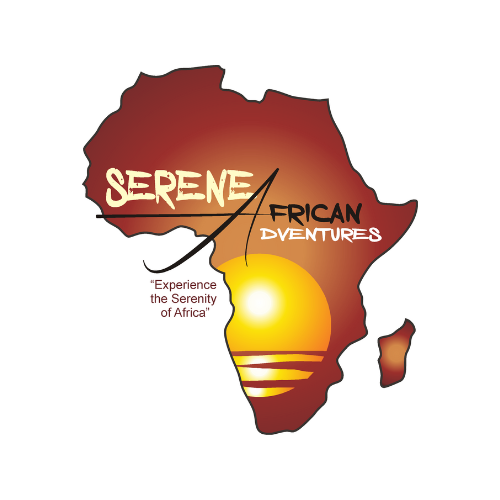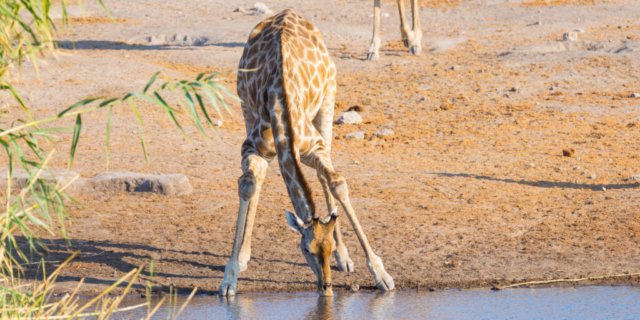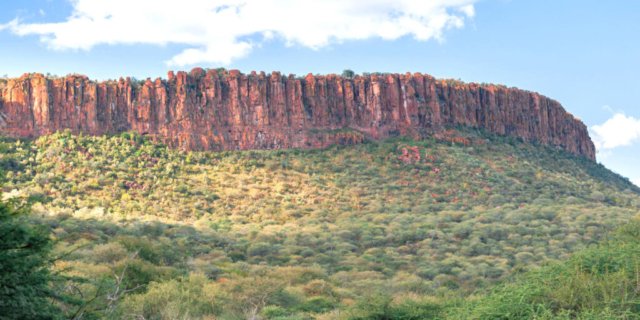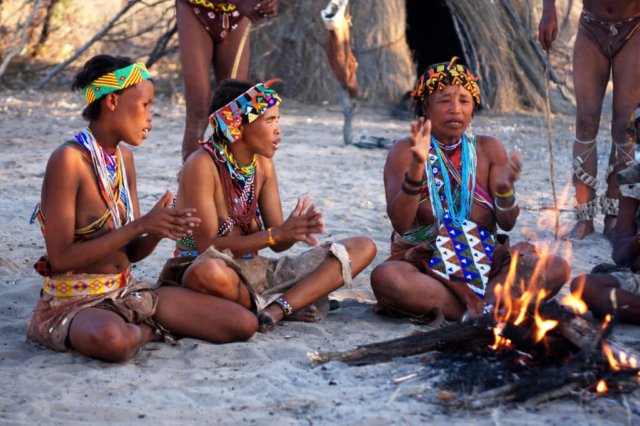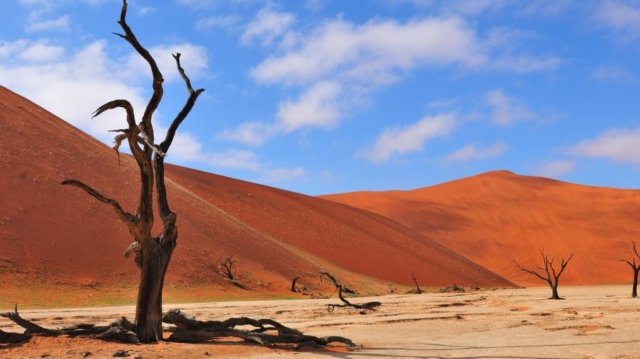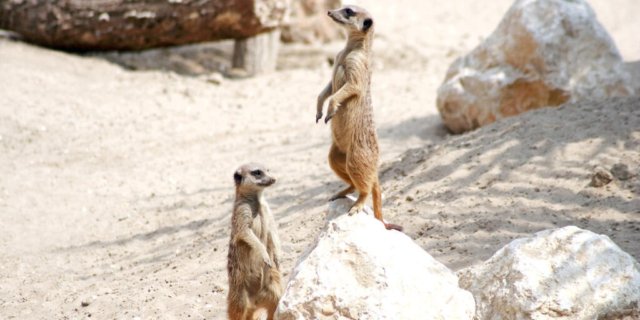Namibia
Experience the Beauty Of Namibia
Namibia, a country in southwest Africa, is distinguished by the Namib Desert along its Atlantic Ocean coast. The country is home to diverse wildlife, including a significant cheetah population. The capital, Windhoek, and coastal town Swakopmund contain German colonial-era buildings such as Windhoek's Christuskirche, built in 1907. In the north, Etosha National Park’s salt pan draws game including rhinos and giraffes.
Explore the Beauty today

Find Adventure in Life
Regarded by numerous safari enthusiasts as one of Africa’s premier wildlife sanctuaries, Etosha is located in the northern region of Namibia and offers an ideal experience for self-driving adventurers due to its excellent road infrastructure. Spanning 22,270 square kilometers (8,600 square miles), it hosts four of the renowned Big 5 animals – elephant, rhino, lion, and leopard – along with giraffe, cheetah, and an array of plains game. The name “Etosha” fittingly translates to ‘Great White Place,’ reflecting its vast mineral pan, Etosha Pan, which dwarfs the size of Los Angeles fourfold. During Namibia’s dry season from May to October, the temporary water sources surrounding Etosha Pan attract an astonishing abundance of animals, making it the prime time for a safari in Namibia. Etosha stands out as Namibia’s premier safari destination, celebrated for the sizable gatherings of zebras, wildebeests, impalas, and other wildlife congregating around its numerous water holes in the dry months. Additionally, it draws attention for the immense flocks of flamingoes that migrate to Etosha Pan for breeding during the rainy season. Notably, Etosha boasts one of Africa’s largest populations of the critically endangered black rhino, with one of the optimal spots for sightings being the illuminated water hole at Okakuejo.
Arguably one of Namibia’s most picturesque regions, Damaraland boasts vast, unspoiled landscapes of rugged beauty. For the adventurous spirit, this hinterland promises an unparalleled journey. With its prehistoric waterways, expansive plains, granite peaks, and deep ravines, Damaraland offers a captivating terrain. As the geography transitions towards the west, the endless sandy deserts eventually meet the turbulent waters of the Atlantic Ocean along the Skeleton Coast. Damaraland is home to unique wildlife species that have adapted to thrive in one of the planet’s harshest environments. Here, small populations of desert-adapted elephants, black rhinos, giraffes, ostriches, oryx, and springboks can be observed. These desert-adapted elephants can traverse up to 70 kilometers (40 miles) a day through the arid desert in search of sustenance, without causing harm to the vegetation, unlike their savannah counterparts.
Twyfelfontein, meaning ‘doubtful fountain,’ is a UNESCO World Heritage Site housing approximately 2,000 ancient rock engravings and paintings, representing one of Africa’s largest and most significant concentrations of rock art. Exploring this captivating valley unveils artwork crafted by San hunters during the early Stone Age. The San people, indigenous hunter-gatherers and the first nations of Southern Africa, were likely drawn to this area due to its perennial spring during prehistoric times.
The Petrified Forest, situated in the southern part of Damaraland, stands as a testament to the region’s ancient history. Formed approximately 200,000 years ago, this prehistoric relic resulted from massive volcanic activity. Giant tree trunks, washed down ancient rivers and deposited in fertile alluvial soils, became fossilized through a process called silicification, transforming wood into stone. Erosion over time has revealed many of these colossal logs that are visible today. Another notable geological wonder in Damaraland is the Organ Pipes, a distinctive series of dolerite pillars located near Twyfelfontein. Formed around 150 million years ago, these formations were created by the intrusion of liquid lava into slate rock formations. Along Namibia’s northwestern shoreline stretches the Skeleton Coast National Park, spanning 500 kilometers (310 miles). Characterized by its desolate splendor, the park features barren sands pounded by waves, once scattered with the remains of whales, seals, and unfortunate humans. Permits are necessary for exploring the park’s northern section, although visitors can gain insight into the area’s essence in the lower portion between the Ugab River entrance and the fishing outpost of Terrace Bay, particularly during the December–January high season, favored by anglers. Damaraland, nestled between Etosha National Park and the coastline, captivates with its haunting beauty, where desert-adapted elephants and lions roam amidst craggy rock formations, dry riverbeds, and the unique welwitschia mirabilis plants. It is also home to one of Africa’s most extensive collections of rock art at Twyfelfontein, showcasing over 2,500 engravings.
Renowned as one of the few remaining untouched wilderness areas in Southern Africa, Kaokoveld presents a surreal and mountainous landscape of untamed splendor. Similar to Etosha, this region serves as a sanctuary for rare desert-adapted species such as elephants, black rhinos, giraffes, oryx, and even lions. Vast, serene, and largely uninhabited, Kaokoveld truly lies off the beaten path and is best explored through a fly-in experience. With a population density of only one person per two square kilometers (0.8 square miles), and where about a third of the inhabitants are the Himba people, semi-nomadic pastoralists renowned for their resilience in navigating an arid and challenging environment. In the far northwestern corner of Namibia lies the remote and seldom-visited Kunene region, characterized by its secluded valleys, vast scrublands, rugged mountains, and expansive desert landscapes. This area is the traditional homeland of the semi-nomadic Himba people, recognized for their distinctive lifestyle and the use of red ochre skin cream. Visitors to Kunene will have ample opportunities to engage with the Himba community and gain insights into their rich cultural heritage. Kunene is bordered to the north by the sandy banks and watercourses of the Kunene River delta. To the east, the meandering Kunene River, serving as Namibia’s boundary with Angola, meanders past the picturesque Epupa Falls and a selection of charming riverside lodges, offering visitors a tranquil retreat amidst stunning natural surroundings.
Often associated with legendary shipwrecks and tales of mariners trekking vast distances in search of sustenance, the Skeleton Coast remains a enigmatic destination where the ancient dunes of the world’s oldest desert converge with the tempestuous Atlantic Ocean, crafting one of the planet’s most awe-inspiring coastlines. Dubbed ‘The Land God Made in Anger’ by the San Bushmen and known to Portuguese explorers as ‘The Gates of Hell’, its name is said to derive from the multitude of bones that once littered its shores, remnants of old whaling ventures and seal hunts. The unique Shipwreck Lodge stands as the sole accommodation within the Skeleton Coast National Park, offering guests a rare opportunity to delve into this captivating realm. Embark on 4×4 excursions to track desert-adapted wildlife or join guided beach walks to uncover the relics of centuries-old vessels, victims of the Skeleton Coast’s treacherous sandbanks, thick fog, and hazardous currents.
Regarded by many as Namibia’s equivalent to the Okavango Delta, the Caprivi presents an extraordinary water-centered safari experience amid its lush riverine forests and expansive wetlands. What distinguishes the region is its encirclement by four perennial rivers – Chobe, Kwando, Linyanti, and Zambezi – creating a sanctuary for elephants, buffalo, hippos, and crocodiles. Bird enthusiasts will be delighted by the region’s remarkable diversity, boasting over 600 recorded species. Caprivi is also home to several intimate game reserves featuring top-notch lodges offering boat safaris and unforgettable sunset cruises. Situated in the northeastern reaches of Namibia, the Caprivi feels worlds away from Windhoek and much of the country, both in distance and ambiance. Its tranquil waterways provide a stark contrast to the arid desert landscapes more commonly found in the south. Hosting Bwabwata National Park, this remote corner of Namibia offers an ideal stopover for travelers combining journeys in Namibia with visits to Zambia and the iconic Victoria Falls. Immerse yourself in the nocturnal symphonies of chirping insects and the soothing sounds of flowing rivers, as the area’s laid-back lodges and campgrounds provide a serene setting for observing hippos and elephants indulging in their aquatic rituals along the riverbanks.
The picturesque coastal town of Swakopmund seamlessly melds its German colonial legacy with a distinct African charm, rendering it one of Namibia’s most surreal and captivating destinations. Its palm-fringed streets, seaside promenades, and pleasant summer climate make Swakopmund an ideal stopover during a Namibian safari and a convenient hub for self-driving travelers to replenish supplies and unwind. Swakopmund has emerged as Namibia’s premier adrenaline hub, offering an extensive array of activities such as sandboarding, quad biking, and 4×4 dune driving. For those seeking a more leisurely experience, boat excursions to observe seals and dolphins or leisurely exploration of Swakopmund’s vibrant culinary scene, quaint cafes, art galleries, and museums are equally enticing options. With its laid-back atmosphere, architectural echoes of its German heritage, abundance of adventure sport operators, and diverse culinary offerings and accommodations, Swakopmund has solidified its status as a favored stop on the Namibian travel circuit. Just 35 kilometers south lies Walvis Bay, renowned for its flamingoes and wetlands, as well as the towering Dune 7, standing at an impressive 383 meters (1,256 feet), the highest in Namibia. Further along the coast, Sandwich Harbour beckons with its bird-filled lagoon dramatically set against a backdrop of towering sand dunes. Despite the distances between attractions along the central coast, exploring these highlights is quite manageable, even with just a week’s time. For a memorable detour, a day excursion from Swakopmund to the north leads to the Cape Cross seal reserve, where visitors can witness, hear, and smell the bustling activity of thousands of Cape Fur seals as they bask on the beach and frolic in the waves.
Situated in the southern region of Namibia, the Fish River Canyon stands as the world’s second-largest canyon, boasting a colossal ravine stretching approximately 160 kilometers (100 miles) in length, up to 27 kilometers (17 miles) in width, and plunging to depths of nearly 550 meters (1,805 feet). The sheer vastness of this remarkable landscape is truly awe-inspiring: a level plateau abruptly giving way to a vertiginous drop of half a kilometer, creating a mesmerizing display of colors shaped by millions of years of erosion. Within this spectacular setting thrives a diverse array of wildlife, including mammals, reptiles, insects, and fish. Natural thermal springs dotting the canyon floor form inviting pools of water, attracting various species of water birds. Among the canyon’s inhabitants are mountain zebras, kudus, oryxes, and gazelles, which in turn draw predators such as leopards, jackals, brown hyenas, and bat-eared foxes.
Located in the Sperrgebiet (‘forbidden territory’) of southern Namibia, the country’s most renowned ghost town emerges. Kolmanskop rose to prominence after the discovery of a diamond in the region during the early 1900s, sparking a frenzied diamond rush as fortune seekers flocked to the area. The once bustling town swiftly transformed into a thriving hub, boasting elegant residences, a hospital, ballroom, school, casino, and even an ice cream factory. Its zenith came in the 1920s, but the onset of decline followed World War One as diamond prices plummeted. Over a span of four decades, Kolmanskop experienced both prosperity and demise. Today, the Namib Desert gradually consumes the dilapidated remnants of this ghost town, scarcely resembling its former opulent glory. Despite its desolation, Kolmanskop presents hauntingly beautiful opportunities for photography and remains a sought-after destination for film productions.
Nestled within the heart of the expansive Namib Desert lies the quaint enclave of Sesriem, serving as the gateway to the mesmerizing dune landscapes encompassing Sossusvlei and the nearby Deadvlei. These expansive pans stand as quintessential landmarks of Namibia, captivating photographers with their striking contrasts—the sharp contours of ochre-hued dunes set against the canvas of clear blue skies. Adjacent to these natural wonders, travelers will find a selection of charming desert lodges, offering a tranquil retreat amidst the rugged beauty of the desert. Additionally, within close proximity lies the NamibRand Nature Reserve, recognized as a designated dark sky reserve, providing unparalleled opportunities for stargazing and celestial observation. Sesriem and its surrounding areas not only offer awe-inspiring vistas but also serve as a testament to the resilience of life in one of the world’s oldest deserts. As visitors explore this extraordinary landscape, they are immersed in a world of wonder and discovery, where every dune and every vista tells a story of nature’s enduring allure.
Windhoek, the capital city of Namibia, serves as an excellent starting point or midpoint for exploring the country. With its improving infrastructure, vibrant city life, and adherence to global standards, Windhoek presents numerous opportunities for travelers. Boasting luxury accommodations, an international airport, and convenient access to major attractions across the country, Windhoek is an ideal destination for your Namibian tour. Reflecting its colonial past, Windhoek showcases German art and architecture throughout the city. Despite facing challenges such as rural unemployment and ongoing modernization efforts, Windhoek maintains a large population and stands out as one of Africa’s cleanest cities. Its well-maintained streets and surroundings contribute significantly to its appeal to tourists. As the epicenter of entertainment and culture in Namibia, Windhoek offers a rich tapestry of experiences. From its diverse culinary scene to its historical landmarks such as Alte Feste, Reiterdenkmal, Turnhalle Building, Christuskirche, and Tintenpalast, the city is a treasure trove of architectural wonders and attractions waiting to be explored. Windhoek truly encapsulates the essence of Namibian tourism, blending modern amenities with a rich cultural heritage.
